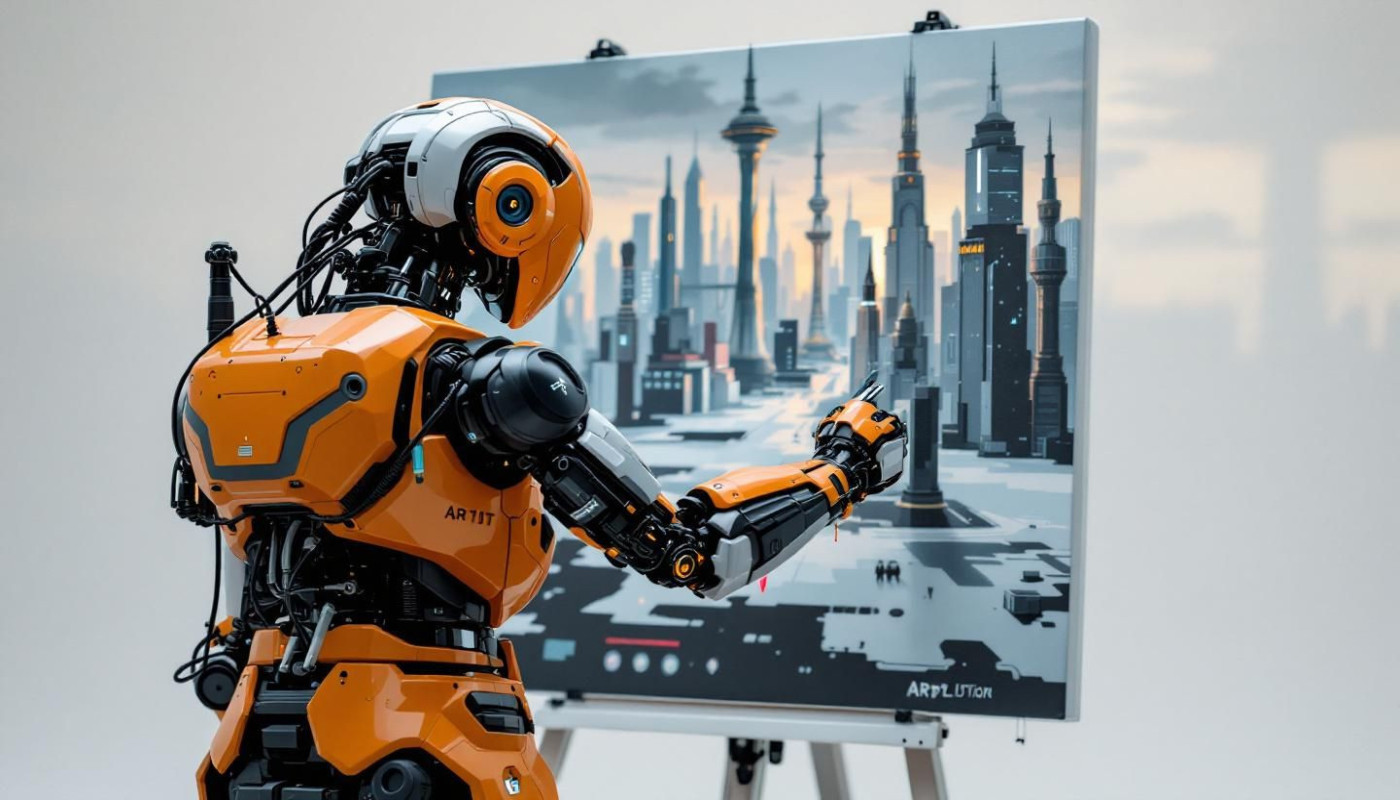Table of contents
The intersection of creativity and cutting-edge technology has ushered in a revolutionary era for the world of art. As artificial intelligence continues to evolve, the boundaries of artistic expression are expanding in unimaginable ways. Dive into the following sections to discover how AI-driven technologies are reshaping the art landscape, inspiring new forms, and challenging traditional perceptions.
The evolution of digital creativity
The rise of digital art has fundamentally changed the creative process, allowing modern artists to move beyond the physical limitations of traditional media. From the first computer-generated graphics to today's sophisticated algorithmic art, technological advances have enabled creators to harness artificial intelligence for producing works that were previously unimaginable. Generative algorithms, a key innovation in this field, empower artists to collaborate with machines, producing unique visuals and interactive experiences that blur the lines between human intention and computational possibility. This transformation not only expands the artist’s toolkit, but also redefines authorship, as the creative process becomes a dynamic exchange between human and machine. For those interested in exploring how artificial intelligence can be integrated into their own digital art practices, try this website, which showcases cutting-edge tools that demonstrate the intersection of technology and creativity.
AI as a creative collaborator
AI collaboration is redefining the boundaries of artistic innovation by positioning artificial intelligence as an active creative partner, not merely a passive tool. Through approaches such as neural style transfer, machine learning systems analyze vast datasets of visual art, music, and literature, enabling artists to co-create with AI in ways previously unimaginable. This creative partnership is evident across disciplines: musicians use neural networks to compose experimental soundscapes, digital artists blend classical painting styles with contemporary subjects, and writers receive narrative suggestions generated by advanced language models. The relationship between human ingenuity and machine learning is inherently symbiotic—while artists provide vision, context, and emotional direction, AI introduces unexpected patterns, novel aesthetics, and new forms of expression. Notable projects, such as the portrait Edmond de Belamy generated by a generative adversarial network, and collaborations with AI for real-time stage visuals in live performances, exemplify how AI-driven technologies fuel artistic innovation and expand the horizons of creative possibility.
Pushing the boundaries of art forms
AI-driven technologies are radically transforming the landscape of immersive art, empowering creators to reimagine traditional boundaries and redefine digital experiences. Interactive installations now harness advanced interactive systems, enabling real-time audience participation that blurs the line between observer and creator. Generative music, powered by machine learning algorithms, crafts evolving soundscapes uniquely tailored to each environment, offering audiences a personalized auditory journey. In the realm of AI exhibitions, curators utilize intelligent algorithms to select, arrange, and even generate artworks, fostering dialogues between human and machine ingenuity. This wave of art innovation not only challenges established notions of authorship and originality but also invites viewers to engage with creativity in dynamic, previously unimagined ways.
Ethical considerations in AI-generated art
AI ethics are at the forefront of current debates within the art world, particularly as AI-generated works challenge established notions of authorship in art and originality. As algorithms become increasingly capable of producing visually compelling and conceptually rich creations, questions arise about who truly owns the resulting pieces, both in terms of intellectual property and moral rights. The cultural impact of these developments extends beyond individual artists, raising concerns about the devaluation of human creativity and the shifting significance of traditional craftsmanship. Institutions, curators, and policymakers are responding by developing AI policy frameworks to address these challenges, examining how to credit human input versus machine output and how to ensure fair compensation. As leading authorities in art ethics highlight, the ongoing evolution of technology demands continuous evaluation to safeguard both the integrity of the creative process and the rights of all contributors involved.
The future landscape of AI and art
The future of art is set to transform dramatically through AI advancements, where predictive modeling will empower creators to push beyond traditional boundaries and redefine creative processes. Upcoming innovation trends suggest artists will collaborate with intelligent systems, generating new genres and immersive experiences that were previously unimaginable. As AI technologies evolve, they will lower barriers, making digital accessibility in art education a reality for a global audience. This shift heralds a period where learning and practicing art will become more personalized and interactive, reaching those who once lacked resources or training opportunities. In the global art scene, predictive modeling can help institutions and artists anticipate emerging preferences, tailor exhibitions, and foster cross-cultural collaborations. The relationship between human ingenuity and AI will continuously reshape the narrative of artistic expression, encouraging diverse voices and experimental forms, ultimately setting the stage for an inclusive, ever-evolving creative landscape.
Similar articles

The Role of Tech Innovations in Transforming Talent Agencies

A Deep Dive into the Technology Behind Online Casino Platforms

The Rise of Technological Advancements in Online Gambling

What are the advantages of KoDDoS?

